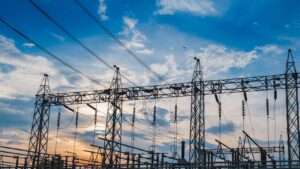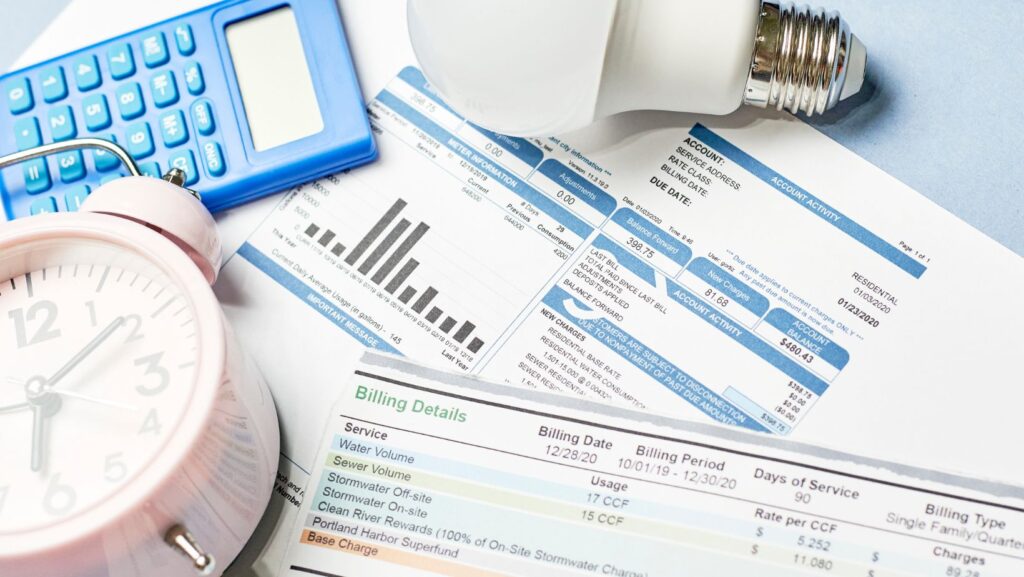In the dynamic world of utilities, technology continues to redefine boundaries. This piece takes a deep dive into the latest tech trends shaping the utilities industry. From AI to IoT, we’ll explore how these advancements are revolutionizing the sector.
Whether you’re a seasoned professional in the utilities sector or a tech enthusiast eager to learn, this article promises to offer insightful perspectives on the industry’s tech-driven transformation. Buckle up for an exciting journey into the future of utilities.
Overview of Technology Trends in Utilities Industry
The utilities industry, a vital component of everyday life, provides essential infrastructural services. It includes companies in sectors such as power generation (like electricity, natural gas), water purification and supply, waste management, and even telecommunications that fall under this umbrella. As a pivotal part of society, efficiency and practicality are of utmost importance, making technology trends in the utilities industry pivotal for progress.

Technology plays a paramount role in the utilities industry. It’s increasingly indispensable for the operational excellence of companies, as it enables them to optimize resources, streamline processes, and deliver services more efficiently. The deployment of advanced tech, such as AI (Artificial Intelligence) and IoT (Internet of Things), has streamlined the management and distribution of resources. Indeed, it’s not a hyperbole to assert that technology serves as the backbone of the utilities industry in the 21st century.
Technology Trends In Utilities Industry
Emerging technology trends play a critical role in reshaping the utilities industry. This section dives into specific technological advancements revolutionizing this sector.
Smart Grids and Their Impact
Smart Grid technology represents a significant leap in controlling utilities efficiently. Transforming power grids into smart ones, they introduce two-way communication between utilities and consumers.  This convergence of information and operational technologies permits real-time monitoring and management of energy usage.
This convergence of information and operational technologies permits real-time monitoring and management of energy usage.
For instance, demand response programs balance energy load during peak times, contributing to significant cost savings. Furthermore, smart grids can accommodate renewable energy sources, driving the industry towards a sustainable future.
The Advent of AI and Machine Learning
AI and Machine Learning (ML) have revolutionized operational efficiency in the utilities industry. AI algorithms can analyze vast sets of data, ensuring optimal resource management. For example, predictive maintenance enabled by AI reduces equipment downtime, minimizing operational costs. ML models can accurately forecast energy demand, enhancing grid reliability. These technologies also transform customer service, with AI chatbots and ML programs handling a vast array of customer queries and problems efficiently.
Role of IoT in Utilities Industry
IoT stands as a key component in modernizing the utilities industry. IoT devices gather real-time data from utilities, providing crucial insights for decision-making. Smart meters act as perfect examples, streaming detailed energy consumption data to both users and providers.
 Consequently, they pave the way to usage-based pricing structures, promoting energy conservation. IoT technology also plays a substantial part in enabling smart grid functions, further emphasizing its vital role in the utilities industry’s current and future landscape.
Consequently, they pave the way to usage-based pricing structures, promoting energy conservation. IoT technology also plays a substantial part in enabling smart grid functions, further emphasizing its vital role in the utilities industry’s current and future landscape.
Adopting Renewable Energy: A Major Shift
Renewable energy, termed here as an emergent technology trend, offers utilities the chance to transform the methods of energy production. Solar power, wind energy, and hydropower – all renewable sources champion clean technology, thus propelling the utilities industry into the age of sustainability. By harnessing energy from these sources, companies reduce the dependency on fossil fuels, diminishing greenhouse gas emissions. As per the National Renewable Energy Laboratory’s research, the U.S. electricity sector witnessed 17.5% electricity from renewable sources in 2019, testifying this trend’s upward trajectory.
The utilities sector’s answer to the renewable energy upsurge remains positive, with many embracing the green wave. Markedly, companies have begun to diversify their energy mix, incorporating higher percentages of renewables in their production portfolios. Utilities also invest in grid upgrades, crucial for managing fluctuating renewable energy outputs, ensuring a smooth transition to this new energy era. As we move forward, it’s exciting to envision a greener, more efficient utilities industry, powered by the very best of technological innovation.


